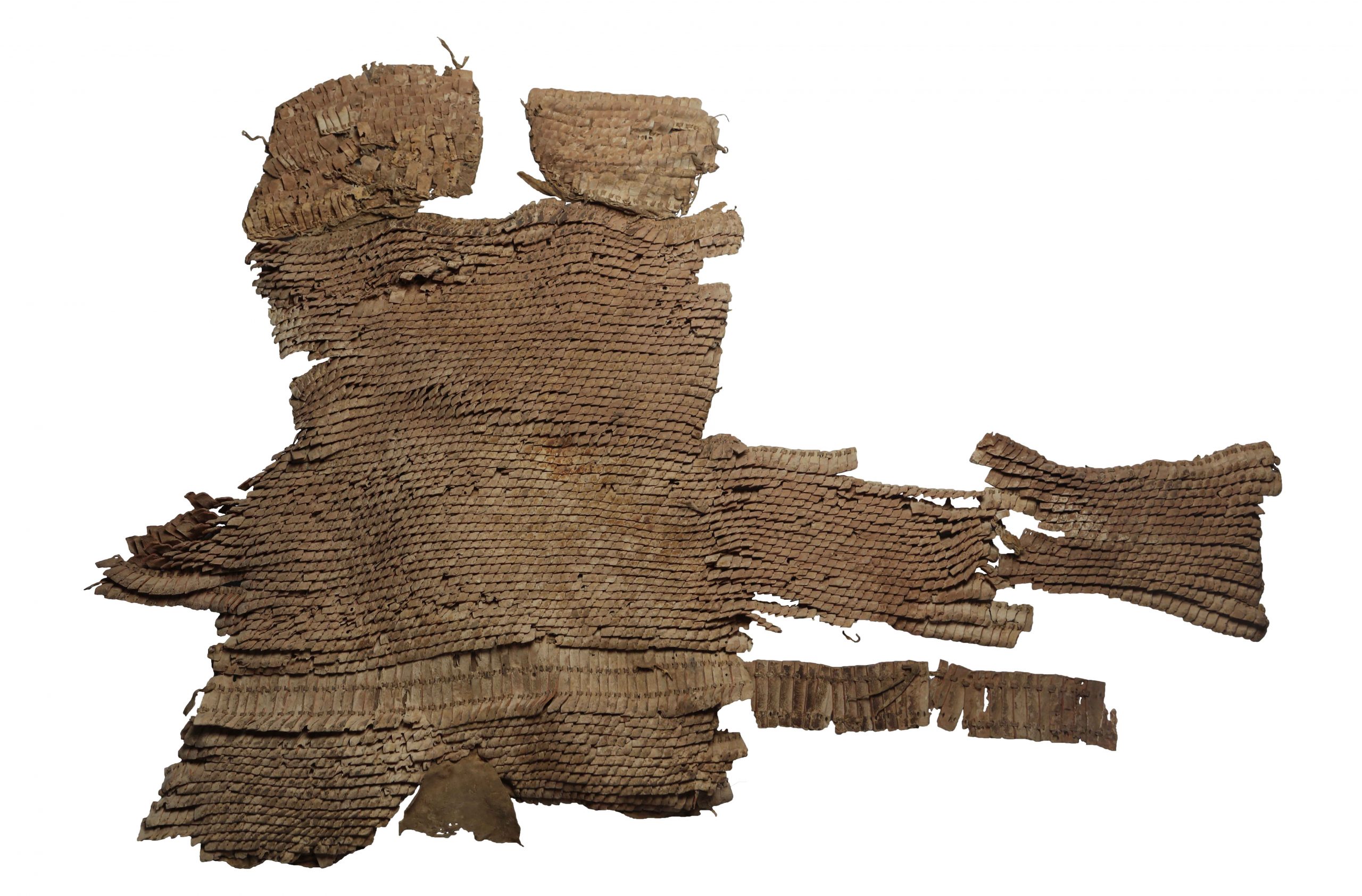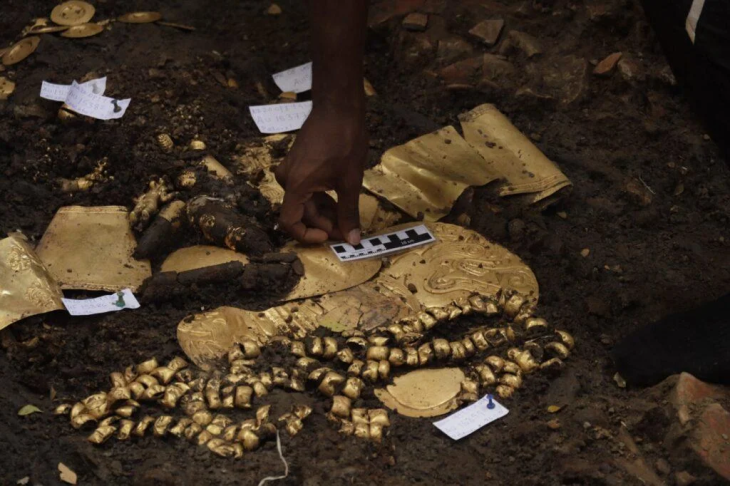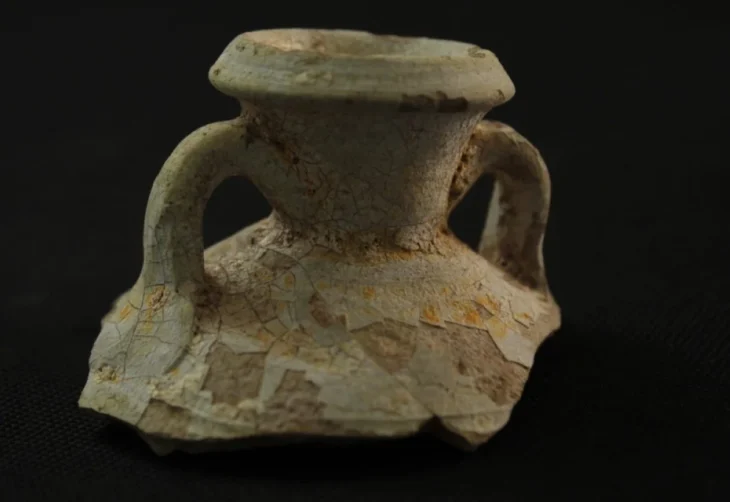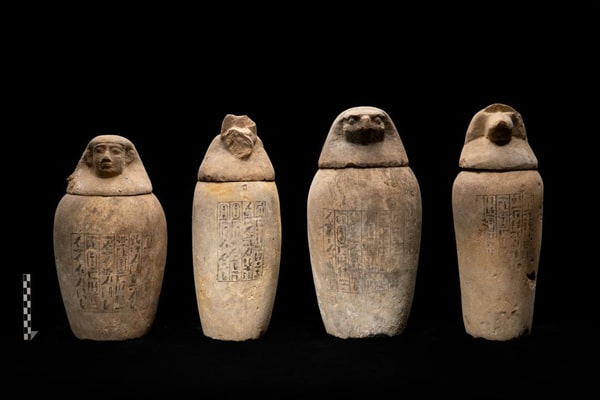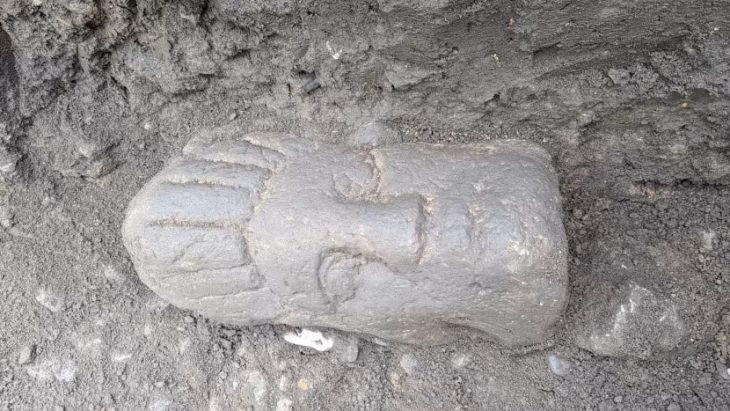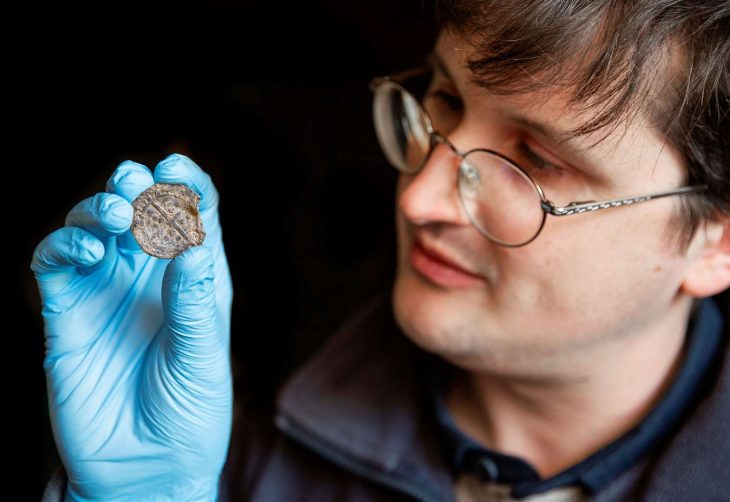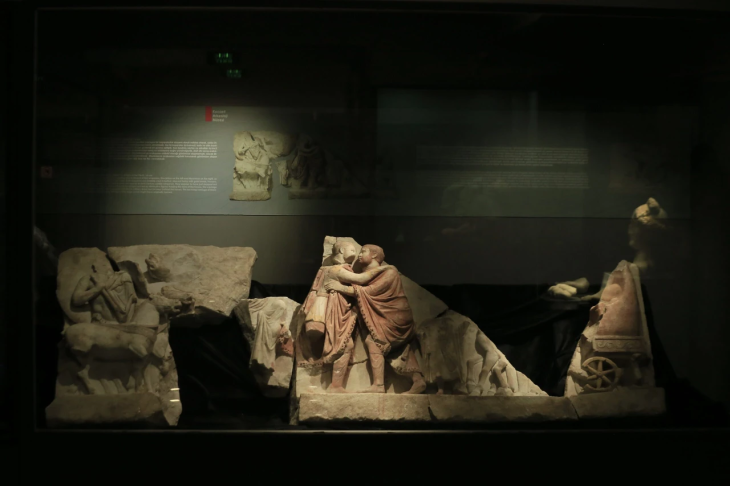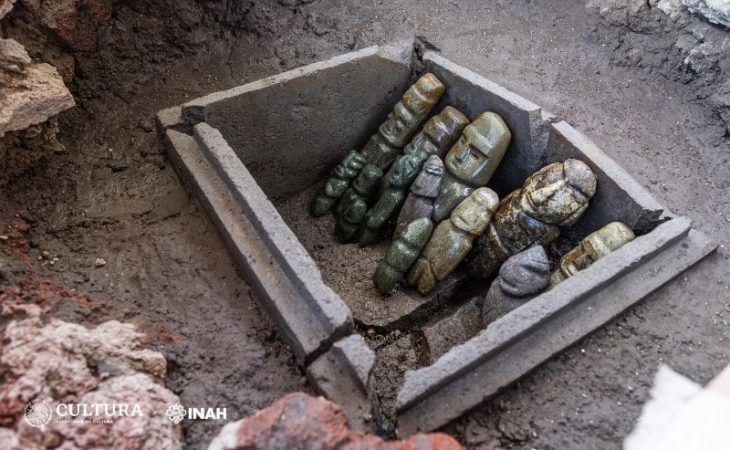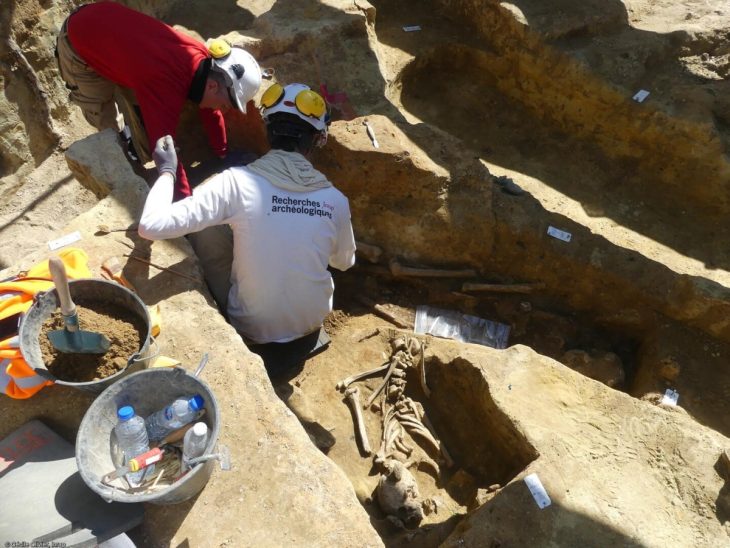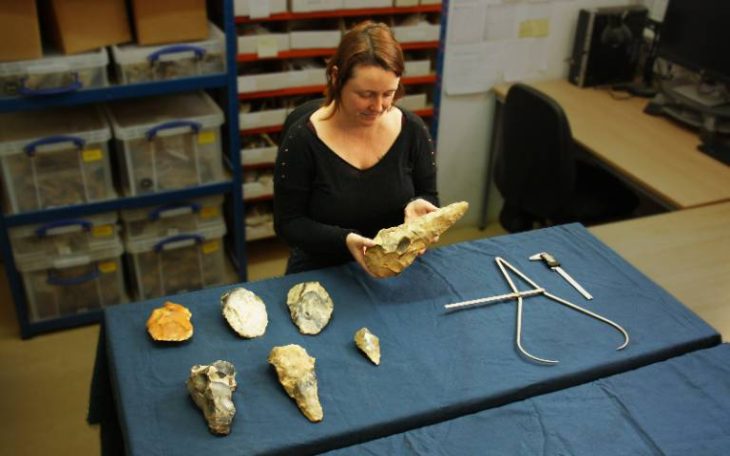Design and construction details of the unique leather-scaled armor found in a horse rider’s tomb in northwest China indicate that it originated in the Neo-Assyrian Empire between the 6th and 8th centuries BCE, before being brought to China.
A virtually full leather scale armor was discovered in the grave of a 30-year-old male in the modern-day city of Turfan in Northwest China in 2013. This unprecedented discovery, which survived the millennia due to the area’s extremely arid climate, provided new insights into the spread of military technology during the first millennium BCE to an international team led by Patrick Wertmann of the University of Zurich’s Institute of Asian and Oriental Studies.
Researchers from the University of Zurich, the Academia Turfanica, the Russian Academy of Sciences, the LVR-Landesmuseum Bonn, Freie Universität Berlin, the Metropolitan Museum of Art (New York), and the German Archaeological Institute were involved in the study.
Scale armors shield a fighter’s critical organs like an additional layer of the skin without impeding their movement. Small shield-shaped plates were stacked in horizontal rows and stitched to a backing to create the armors.

Armors were extremely valuable because of the expensive components and time-consuming production process, and wearing them was seen as an aristocratic luxury. They were seldom buried beside the owner. But when strong governments with big armies began to appear in antiquity, less expensive but still effective armors made of leather, bronze, or iron were developed for regular troops.
Standard military equipment for horsemen
The researchers used radiocarbon dating to determine the age of the armor to between 786 and 543 BCE. It was originally made of about 5,444 smaller scales and 140 larger scales, which together with leather laces and lining weighed between 4 and 5kg. The armor resembles a waistcoat that protects the front of the torso, hips, the sides and the lower back of the body. It can be put on quickly without the help of another person and fits people of different statuses.
“The armor was professionally produced in large numbers,” said Patrick Wertmann from the University of Zurich. With the increasing use of chariots in Middle Eastern warfare, a special armor for horsemen was developed from the 9th century BCE. These armors later became part of the standardized equipment of military forces of the Neo-Assyrian Empire, which extended from parts of present-day Iraq to Iran, Syria, Turkey, and Egypt.

Two armors, distinct units
While there is no direct parallel to the 2,700-year-old armor in the whole of Northwest China, there are some stylistic and functional similarities to a second contemporary armor of unknown origin held by the Metropolitan Museum of Art in New York (the Met). It is possible that the two armors were intended as outfits for distinct units of the same army, i.e. the Yanghai armor for cavalry and the armor in the Met for infantry.
It is unclear whether the Yanghai armor belonged to a foreign soldier working for the Assyrian forces who brought it back home with him, or whether the armor was captured from someone else who had been to the region.
Wertmann in the press release: “Even though we can’t trace the exact path of the scale armor from Assyria to Northwest China, the find is one of the rare actual proofs of West-East technology transfer across the Eurasian continent during the early first millennium BCE,” he said.
The study is part of the Institute of Asian and Oriental Studies’ research project “Sino-Indo-Iranica rediviva – Early Eurasian migratory phrases in Chinese and their cultural consequences.” The research, funded by the Swiss National Science Foundation (SNSF), investigates the oldest flow of tangible products between Central Asia and China using linguistic, historical, and archaeological data.
Cover Photo: The ancient leather shed armor could be dated to the period between 786 and 543 BC. (Image: D.L. Xu, P. Wertmann, M. Yibulayinmu)

